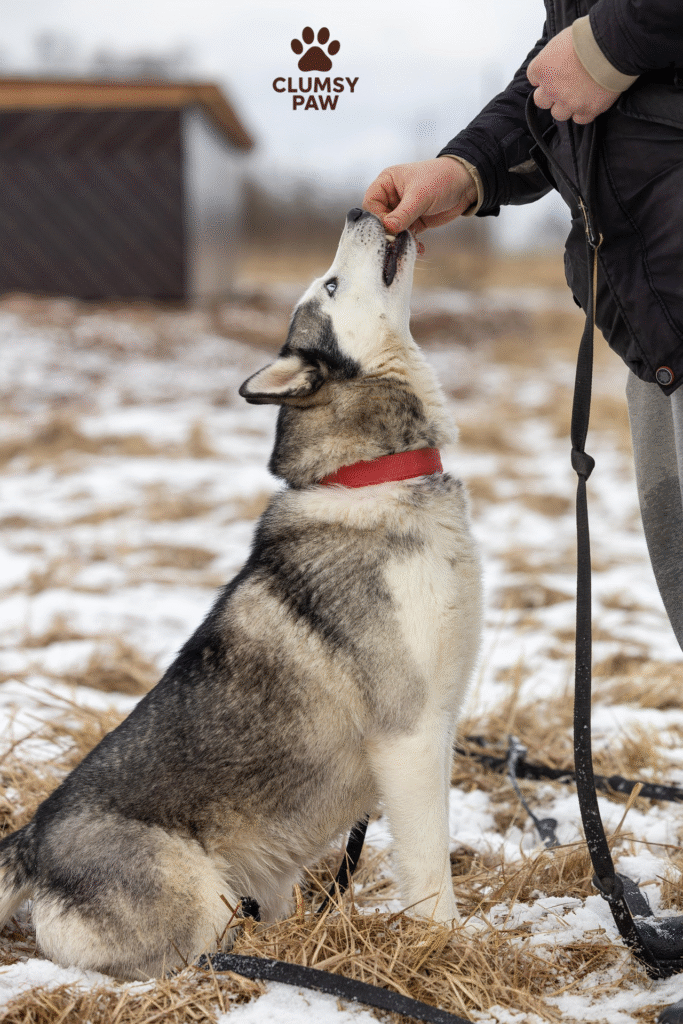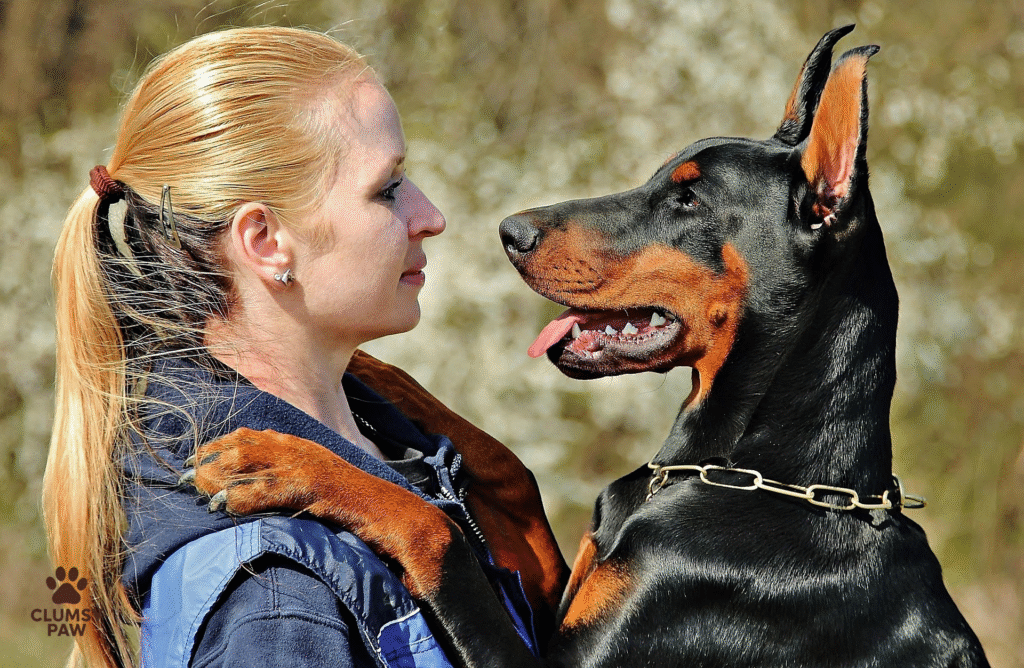Adopting a pet is one of the most fulfilling experiences you can have. Whether you’ve always dreamed of having a loyal dog, a cuddly cat, or a small animal companion, bringing a new pet into your home can completely transform your life. But adopting isn’t as simple as walking into a shelter and picking out the cutest face—it’s a process that requires preparation, patience, and commitment.
This comprehensive guide will walk you through every step of pet adoption in the United States—from choosing the right animal for your lifestyle to preparing your home and helping your new friend settle in.

1. Why Pet Adoption Matters
Every year, millions of animals enter shelters across the United States. According to the ASPCA, approximately 6.5 million companion animals are taken in by shelters annually, with many waiting for loving families. When you adopt a pet, you’re not just gaining a companion—you’re saving a life.
Adopting from a shelter or rescue organization helps reduce the demand for puppy mills and unethical breeders. It also supports animal welfare organizations that work tirelessly to give abandoned or neglected animals a second chance.
Beyond the moral benefits, adoption can also be more affordable. Many shelters include spaying or neutering, microchipping, and vaccinations in the adoption fee—expenses that can otherwise add up quickly if you purchase a pet privately.
But it’s essential to remember that adoption is a long-term commitment. Pets depend on you for their entire lives, often a decade or more. Before adopting, be honest about your time, energy, and financial ability to provide lifelong care.

2. Choosing the Right Pet for Your Lifestyle
The first and most important step is figuring out what kind of pet fits best with your lifestyle. While a playful puppy might seem like the obvious choice, not every household is suited for the high energy, training, and time commitment a young dog requires.
If you work long hours, travel often, or live in a small apartment, a lower-maintenance pet like a cat or an older animal might be a better fit.
When evaluating your lifestyle, consider these key questions:
- Space: Do you have enough room for the pet you want? Large dog breeds need open space or regular outdoor exercise, while cats or small dogs can adapt to apartments.
- Activity level: Are you an active person who enjoys walks, runs, and outdoor time? A dog might be perfect. If you prefer quiet companionship, a cat may be ideal.
- Time: Puppies and kittens need more attention, training, and supervision. Adult pets are often calmer and already house-trained.
- Allergies: If someone in your household has allergies, research hypoallergenic breeds or consider pets with minimal dander.
Taking time to evaluate your lifestyle and preferences helps ensure you choose a pet that matches your routine, home, and expectations.

3. Where to Adopt: Shelters, Rescues, and More
In the U.S., there are several reliable places to adopt a pet. Each has its advantages, so understanding your options can help you find the right match.
Animal Shelters:
Municipal shelters and humane societies are the most common sources of adoptable pets. They house a wide variety of animals, from puppies and kittens to older dogs, cats, and even small mammals or reptiles. Shelters typically handle the initial medical care and temperament assessments for each animal.
Rescue Organizations:
Breed-specific or foster-based rescues are another great option. These organizations often take animals out of shelters and place them in foster homes until adoption. This allows rescuers to better understand each pet’s personality and behavior in a home environment, helping you find a good fit.
Pet Adoption Events and Websites:
Websites like Petfinder, Adopt-a-Pet, and the ASPCA adoption center list adoptable pets nationwide. Many local pet stores and community events also host adoption weekends where you can meet animals in person.
When choosing where to adopt, look for organizations that prioritize the animals’ well-being, provide full health and vaccination records, and are transparent about any known behavior issues. Avoid “free pet” listings from unverified sources, as these may not include essential health checks or legal ownership transfers.

4. Understanding the Adoption Process
The adoption process varies slightly from one organization to another, but most follow similar steps designed to ensure a good match between pet and adopter.
After finding a pet that interests you, you’ll typically fill out an adoption application. This form helps the shelter understand your experience with animals, living situation, and daily schedule. Some shelters may request a home visit or require references to verify that you’re prepared for pet ownership.
If your application is approved, you’ll have the opportunity to meet the pet. Spend some time interacting—take the dog for a walk or play with the cat in a quiet room. This helps you gauge the animal’s temperament and whether you’re a good fit for each other.
Once you’ve made your decision, you’ll pay an adoption fee, which usually covers vaccinations, spaying or neutering, and microchipping. The final step is signing the adoption contract, which officially transfers ownership and responsibilities to you.
Adoption fees generally range from $50 to $400, depending on the organization and the type of pet. While it may seem like a cost upfront, it’s significantly less than the combined price of purchasing a pet and covering initial medical care separately.

5. Preparing Your Home for a New Pet
Before your new pet arrives, it’s essential to make your home safe, comfortable, and welcoming. Preparation is key to ensuring a smooth transition for both you and your furry friend.
Start by pet-proofing your home. Remove toxic plants, secure loose wires, put away small objects that could be swallowed, and make sure all chemicals and cleaning supplies are stored safely out of reach. If you’re adopting a dog, check that your yard or balcony is securely fenced.
Next, gather all the essentials. Dogs will need a collar and ID tag, leash, bed, bowls for food and water, toys, grooming tools, and waste bags. Cats require a litter box, scratching post, food and water dishes, toys, and a cozy resting area.
Designate specific areas in your home for sleeping, eating, and playtime. Having consistent spaces helps your new pet understand their environment and feel secure.
If you have other pets, plan for a slow and controlled introduction. Keep the new pet separated at first, allowing them to get used to each other’s scent before face-to-face meetings. Patience is key—forcing early interactions can cause anxiety or aggression.

6. The First Day: Bringing Your Pet Home
The day you bring your new pet home will be exciting—but it can also be overwhelming for the animal. Everything is new: the sights, sounds, and smells of a strange environment. Keep things calm and quiet during this time.
For cats, it’s best to confine them to a single room for the first few days with all their essentials (food, water, litter box, and a hiding spot). Gradually let them explore the rest of your home once they seem relaxed.
For dogs, start by showing them around on a leash. Let them sniff and explore their surroundings at their own pace. Avoid overwhelming them with visitors right away. Give them time to settle before introducing new people.
Establish a routine from day one. Feed your pet at consistent times, take dogs out for walks at the same times each day, and create a predictable schedule. Consistency builds trust and helps your pet adjust more quickly.
It’s also wise to schedule a vet appointment within the first week. Even if your pet has received vaccinations and health checks at the shelter, your veterinarian can ensure everything is up-to-date and establish a record for future visits.

7. Building a Bond: Training, Trust, and Patience
The foundation of a strong bond between you and your pet is trust. Some adopted animals come from traumatic or unstable backgrounds, so they may need extra patience and reassurance. Never rush the process—allow your pet to adjust at their own pace.
Positive reinforcement is one of the most effective ways to train and build trust. Reward good behavior with praise, treats, or affection. Avoid punishment-based methods, as these can create fear or anxiety.
If you’ve adopted a dog, start with basic commands such as “sit,” “stay,” and “come.” Training sessions should be short and fun, ideally lasting no more than 10–15 minutes at a time. For cats, you can also use treats and toys to encourage desired behaviors, like scratching on designated posts instead of furniture.
Socialization is another critical step, especially for dogs. Gradually expose them to different environments, people, and other animals to help them become confident and well-adjusted.
Remember, every pet learns at a different pace. Celebrate small victories and don’t get discouraged by setbacks—they’re part of the journey.

8. Health, Nutrition, and Ongoing Care
Once your pet is home and settled, ongoing care becomes part of daily life. Proper nutrition, regular veterinary visits, and mental enrichment are the cornerstones of a healthy, happy pet.
Your vet can recommend a diet suited to your pet’s age, breed, and health needs. When transitioning to a new food, do it gradually over several days to avoid digestive upset. Always provide fresh water and avoid feeding human foods that could be toxic, such as chocolate, grapes, or onions.
Exercise and mental stimulation are just as important as good nutrition. Dogs need daily walks, playtime, and interaction, while cats thrive on climbing structures, puzzle toys, and play sessions. Lack of stimulation can lead to boredom, anxiety, and behavioral issues.
Grooming is another essential part of care. Regular brushing helps maintain a healthy coat and allows you to check for signs of fleas, ticks, or skin issues. Nail trimming, ear cleaning, and dental care should also be part of your routine.
Finally, keep up with annual veterinary visits, vaccinations, and preventive treatments. Early detection of health issues can make all the difference in your pet’s quality of life.

9. Adjusting to Life with Your New Pet
It may take weeks or even months for your new pet to fully adjust. During this time, patience and consistency are vital. It’s normal for adopted pets to show signs of stress, such as hiding, whining, or having accidents in the house. These behaviors usually subside as they grow more comfortable.
If challenges persist, seek professional help from a certified trainer or animal behaviorist. Many shelters offer post-adoption support and can connect you with local resources.
Over time, your pet will begin to understand your routine and expectations. You’ll notice their personality blossom—the shy cat may become affectionate, or the nervous dog might start wagging its tail when you come home. These small moments are signs that your bond is growing stronger.

10. The Long-Term Commitment
Adoption is not just about bringing a pet home—it’s about committing to their well-being for life. Pets depend on you for love, care, and security.
Before adopting, think about how your future plans may affect your pet. Will you move to a new city? Start a family? Travel frequently for work? These life changes can impact your ability to care for an animal. Responsible ownership means planning ahead and ensuring your pet will always have stability.
Financially, pet care can cost anywhere from $500 to $2,000 per year, depending on the type of animal and medical needs. Budgeting for food, veterinary care, grooming, and emergency expenses helps prevent difficult situations later on.

11. Giving Back to the Pet Community
Once you’ve experienced the joy of adoption, there are many ways to give back. Volunteering at local shelters, fostering animals, or donating supplies can make a huge difference.
You can also help by advocating for adoption and educating others about the benefits. Encourage friends and family to visit shelters instead of buying from breeders. Each adoption creates space for another animal to be rescued.
Even sharing your own adoption story on social media can inspire others to open their hearts and homes.

Conclusion:
Adopting a pet is not just an act of kindness—it’s the beginning of a lifelong friendship. The process may require patience, effort, and adjustment, but the rewards far outweigh the challenges.
When you open your home to an adopted pet, you’re gaining more than just an animal companion. You’re gaining unconditional love, loyalty, and countless moments of joy. You’re giving a once-forgotten animal a second chance—and in return, you’ll find your life filled with warmth, laughter, and purpose.
So, if you’re ready to take the next step, visit your local shelter or rescue organization. Your new best friend could be waiting for you right now.



